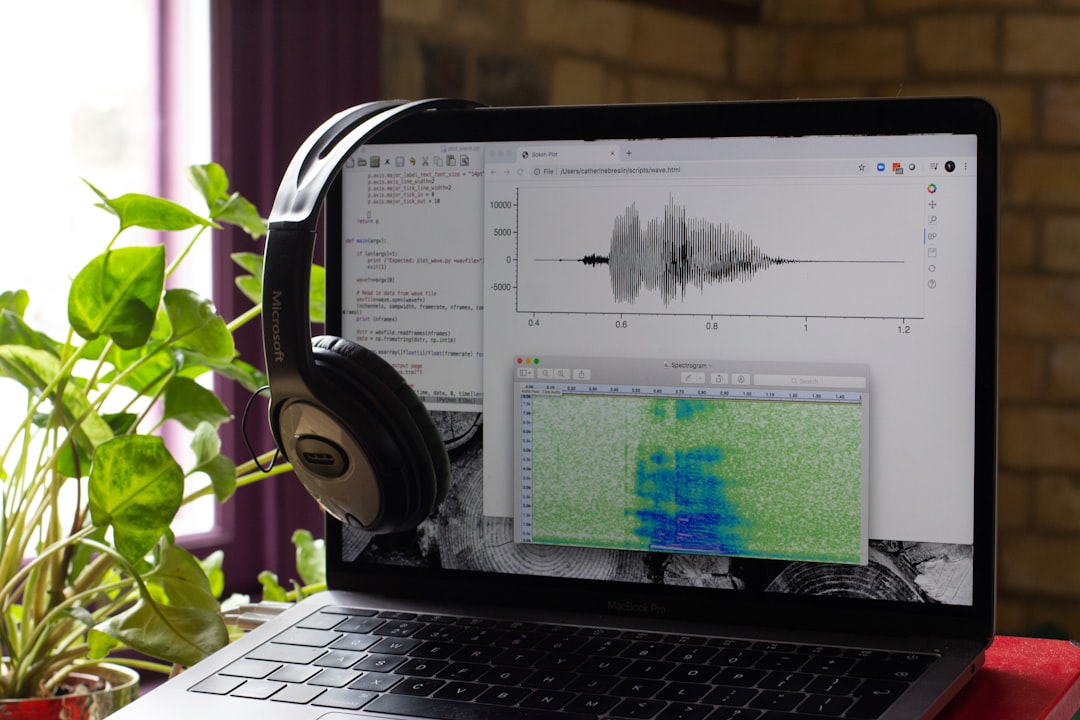SoundFont 2 (SF2) files are a popular format among digital musicians, sound designers, and game developers for storing and using custom instrument sounds. These files offer an efficient and flexible way to load high-quality audio samples into various music software and digital audio workstations (DAWs). However, many users come across SoundFont files in compressed ZIP archives, often downloaded from online repositories. Converting these ZIP files into usable SF2 files requires attention to detail and adherence to best practices to ensure optimal usability, audio fidelity, and organization.
- Understanding the ZIP to SF2 Workflow
- Step 1: Extract the ZIP Archive Properly
- Step 2: Review Audio Samples for Compatibility
- Step 3: Use a Reliable SoundFont Editor
- Step 4: Structure and Layer Instruments Properly
- Step 5: Fine-Tune Envelopes and Modulation
- Step 6: Test Across Multiple Environments
- Step 7: Clean, Compress, and Share
- Common Pitfalls to Avoid
- Conclusion
Understanding the ZIP to SF2 Workflow
ZIP archives are simply compressed containers that bundle multiple files together. When it comes to SF2 files, a ZIP archive may include:
- The main SF2 file
- Instrument presets
- Waveform samples, typically in WAV format
- Metadata or README files
The end goal is to extract and compile these components into a clean, functional SF2 file. But for that to happen smoothly, users need to follow structured steps and best practices, especially when repackaging samples or creating a SoundFont from scratch.
Step 1: Extract the ZIP Archive Properly
The first step is deceptively simple: extract the contents with care. Use a reliable archive tool like 7-Zip, WinRAR, or The Unarchiver (Mac) to avoid file corruption. Create a dedicated folder where all the contents will reside—this keeps the workspace organized and avoids confusing files from different sources.
During extraction, pay attention to the contents. Sometimes, ZIP files include nested folders or oddly named files that may not align with the SF2 standard structure. It’s vital to reorganize materials logically:
- Group all sample WAV files together
- Separate documentation or irrelevant files for review
- Identify any pre-made SF2 files and inspect them using a SoundFont editor

Step 2: Review Audio Samples for Compatibility
Whether you’re working with your own WAVs or extracted samples, the next crucial step is to ensure the audio files meet SoundFont requirements. The SF2 format typically supports WAV samples with the following characteristics:
- Sample rate: 22050 Hz or 44100 Hz
- Format: 16-bit PCM
- Mono (some tools support stereo, but mono is safer)
Ensure each sample is trimmed, denoised, and correctly looped if necessary. Use high-quality audio editors like Audacity, Adobe Audition, or Wavosaur to perform these tasks. Consistency in format and quality is key to preventing playback issues within DAWs or SoundFont players.
Tip: Name your samples clearly using a naming convention that describes the instrument, note, and velocity layer (e.g., Piano_C4_fff.wav). This will ease the mapping process later on.
Step 3: Use a Reliable SoundFont Editor
There are several tools available for compiling and editing SF2 files. Among the most popular are:
- Polyphone (Windows/Mac/Linux) – Free and open-source, user-friendly GUI
- Vienna SoundFont Studio – Older but still in use, Windows-only
- Swami – Linux-based, with MIDI and patch support

Open your SoundFont editor and create a new project. Import your cleaned WAV samples and begin assigning them to instrument zones. This is where the earlier organization of your samples pays off—clear file names make mapping faster and more accurate.
Step 4: Structure and Layer Instruments Properly
SF2 files use a hierarchical system: Samples → Instruments → Presets. Each level must be configured correctly:
- Samples: Your base audio files.
- Instruments: Collections of samples with key and velocity mappings, loop points, and parameters like ADSR envelopes.
- Presets: Assign instruments to MIDI program numbers and banks, making them accessible in MIDI-compatible software.
Layering is also an effective technique. For instance, you can assign different samples for soft and loud velocities, or for different keyboard zones. Tools like Polyphone allow you to layer and crossfade samples using MIDI velocity criteria.
Step 5: Fine-Tune Envelopes and Modulation
One of the most powerful aspects of SoundFonts is their ability to simulate natural instrument behavior using modulation and envelopes. By adjusting settings such as:
- ADSR (Attack, Decay, Sustain, Release) envelopes
- Pitch LFOs for natural vibrato
- Filter cuts and resonance
You can bring static samples to life. Though many users overlook this phase, taking the time to fine-tune these parameters can elevate the experience from basic playback to expressive performance.
Step 6: Test Across Multiple Environments
Before exporting the final SF2 file, it’s critical to test it across several platforms. Load the file into various applications, such as:
- DAWs like FL Studio, LMMS, or Reaper
- Standalone players like SynthFont or CoolSoft VirtualMIDISynth
- Hardware samplers (if applicable)
Testing helps uncover issues like missing samples, wrong key mappings, or poor velocity layer transitions. It’s also worthwhile to validate MIDI program numbers and bank assignments to ensure your presets load as expected.
Once you’re satisfied with your SF2 file, it’s time to clean up. Remove unused samples or instruments using built-in tools in your SoundFont editor. This can dramatically reduce the file size. If you intend to distribute your SF2 files, do the following:
- Include a README file with basic usage instructions
- Compress the SF2 file back into a ZIP archive for easy sharing
- Consider adding tags or metadata—many platforms support this for searchability
When hosting your file online, make sure to mention the sample rate, compatibility (e.g., GM-compliant), and license terms if you’re using third-party samples.
Common Pitfalls to Avoid
Creating a SoundFont is part art, part science. Avoid these common mistakes:
- Using low-quality or inconsistent samples – These will degrade the final sound experience.
- Improper key mapping – This causes notes to play at wrong pitches.
- Forgetting velocity layer configurations – Makes dynamics feel flat.
- Overuse of effects – Keep the source SoundFont clean; allow DAWs to handle effects.
Ultimately, your SF2 file should be robust enough to serve multiple use cases—from orchestral arrangements to synth experimentation.
Conclusion
Creating SF2 files from ZIP archives may seem like a technical chore, but it’s one of those deeply satisfying tasks that combines organization, audio engineering, and creative design. By following the best practices outlined above—like curating clean samples, using reliable editing software, mapping keys strategically, and testing rigorously—you can craft a SoundFont that’s professional, flexible, and enjoyable to use.
Whether you’re resurrecting vintage instruments, building a unique soundset for your next track, or contributing to an open-source audio community, your efforts in crafting high-quality SF2 files can resonate far and wide in the world of digital sound.



Leave a Reply